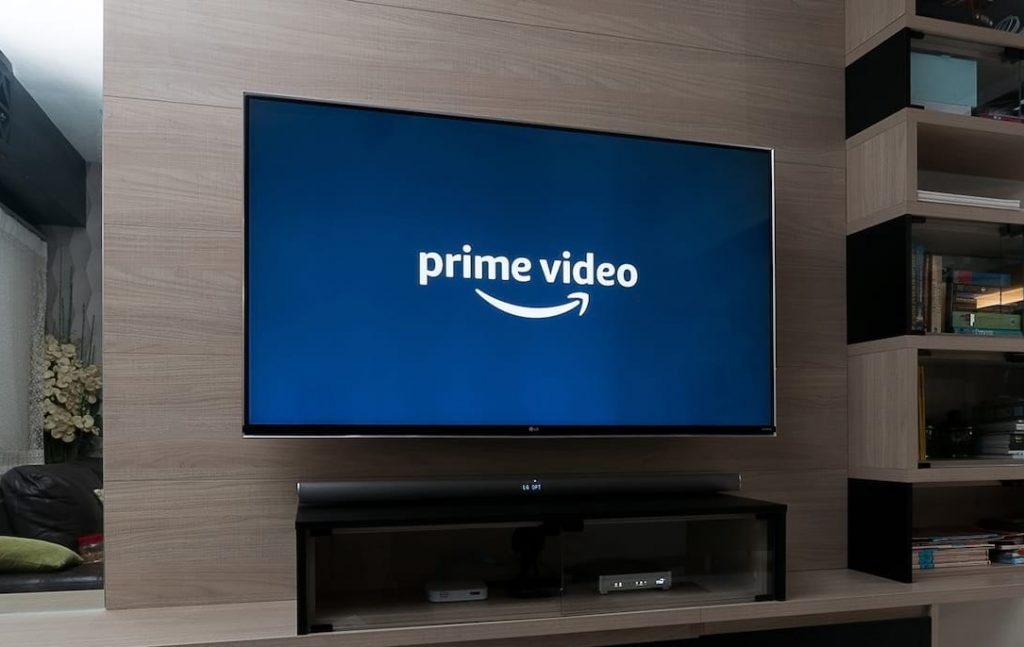Research: UK consumers won’t pay to remove Prime ads
February 5, 2024

Survey insights from LoopMe, a technology company that uses artificial intelligence (AI) to improve brand advertising performance, reveal that the majority of UK consumers aren’t prepared to pay to go ad free on the Prime Video streaming service.
Starting from February 5th, Amazon Prime members in the UK will have to pay an extra £2.99 (€3.50) per month for an ad-free viewing experience on Prime Video. Whilst 82 per cent of consumers responded that Amazon Prime is good value for money, LoopMe data reveals that nearly three quarters of UK consumers (73 per cent) are unwilling to pay extra to opt out of advertising when using Prime Video.
However, the move is unlikely to cause subscribers to leave the streaming giant. Only a fifth (19 per cent) of consumers said they would not keep Prime Video when it introduces ads, with a quarter (24 per cent) stating they would retain their subscription as they did not mind ads. A further 11 per cent answered they would keep the subscription if the ads were relevant. Respondents aged 25-34 were most likely to pay for an ad-free experience, with 15 per cent willing to increase their subscription.
Unsurprisingly, Amazon Prime’s additional services not offered by its streaming competitors – including its delivery and Kindle offerings – are key factors in Brit’s attitudes to the subscription service, with 38 per cent answering they would keep Prime Video with ads if they could still use other Amazon Prime Services.
Other insights from LoopMe address the potential impact on streaming services in the event of a recession. Interestingly, 76 per cent of respondents said they had no plans to cancel any of their subscription services in the next three months, with Gen Z consumers aged 18-24 making up the largest proportion of respondents unwilling to part with any of their subscriptions (75 per cent). This comes as viewers of linear TV continue to decline.
“Amazon seems to have called people’s bluff by introducing ads to its basic tier, knowing people would not mind ads enough to pay extra,” notes Sarah Tims, AVP, Marketing at LoopMe. “This is reflected in LoopMe’s data, where the majority of UK subscribers (73 per cent) are unwilling to pay the additional fee for an ad-free experience. The changes might do little to attract new subscribers but the value of its additional Prime delivery services is a certain advantage to its streaming counterparts. While Amazon might not replicate Netflix’s success with increased sign ups to its new ad tier, there’s little risk that it will lose existing subscribers. So, even if the move might not increase user revenue from the paid tier, the streaming giant will likely see the forecasted billions in advertising dollars.”
Responging to the Prime Video advertising launch, Phil Duffield, VP UK at The Trade Desk, said: “With economic pressures and increased competition for streaming subscriber growth, nearly every premium video content company has adjusted pricing and embraced advertising. Relying solely on high-priced subscriptions will not provide the incremental subscribers needed to sustain growth. Our research indicates that 63 per cent of Brits are open to ads in exchange for free streaming content. The future of streaming, therefore, hinges on a hybrid approach, where platforms offer both subscription and ad-funded options.”
“This model is only sustainable if the ad load is significantly lower than traditional linear television. Keeping pace with the new rules of consumer engagement requires relevant advertising, innovative approaches to identity, unleashing the power of data, and, of course, the right technology infrastructure to transact and measure. Those who embrace digital innovations will reap the greatest rewards in this new golden age of TV,” he added.
